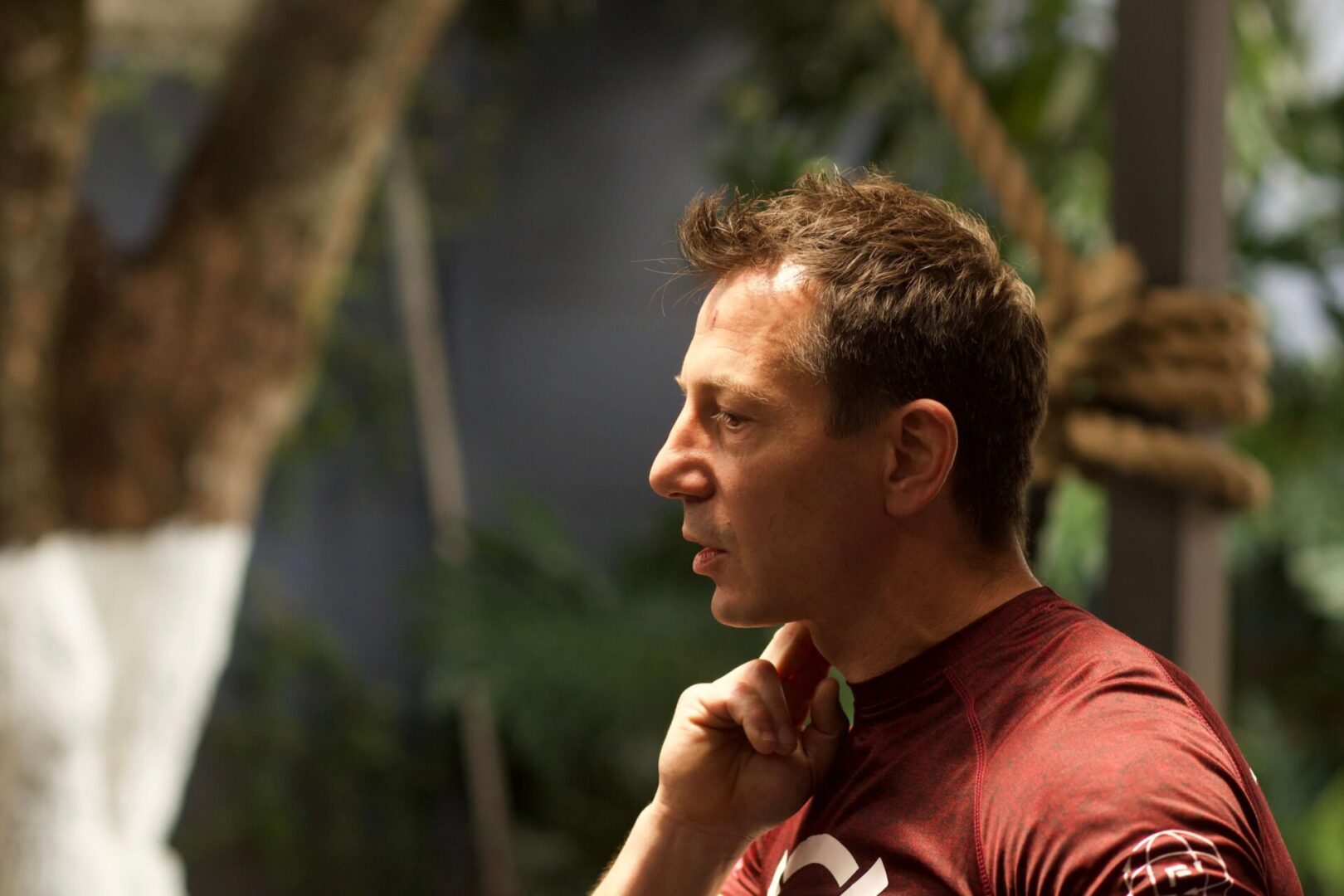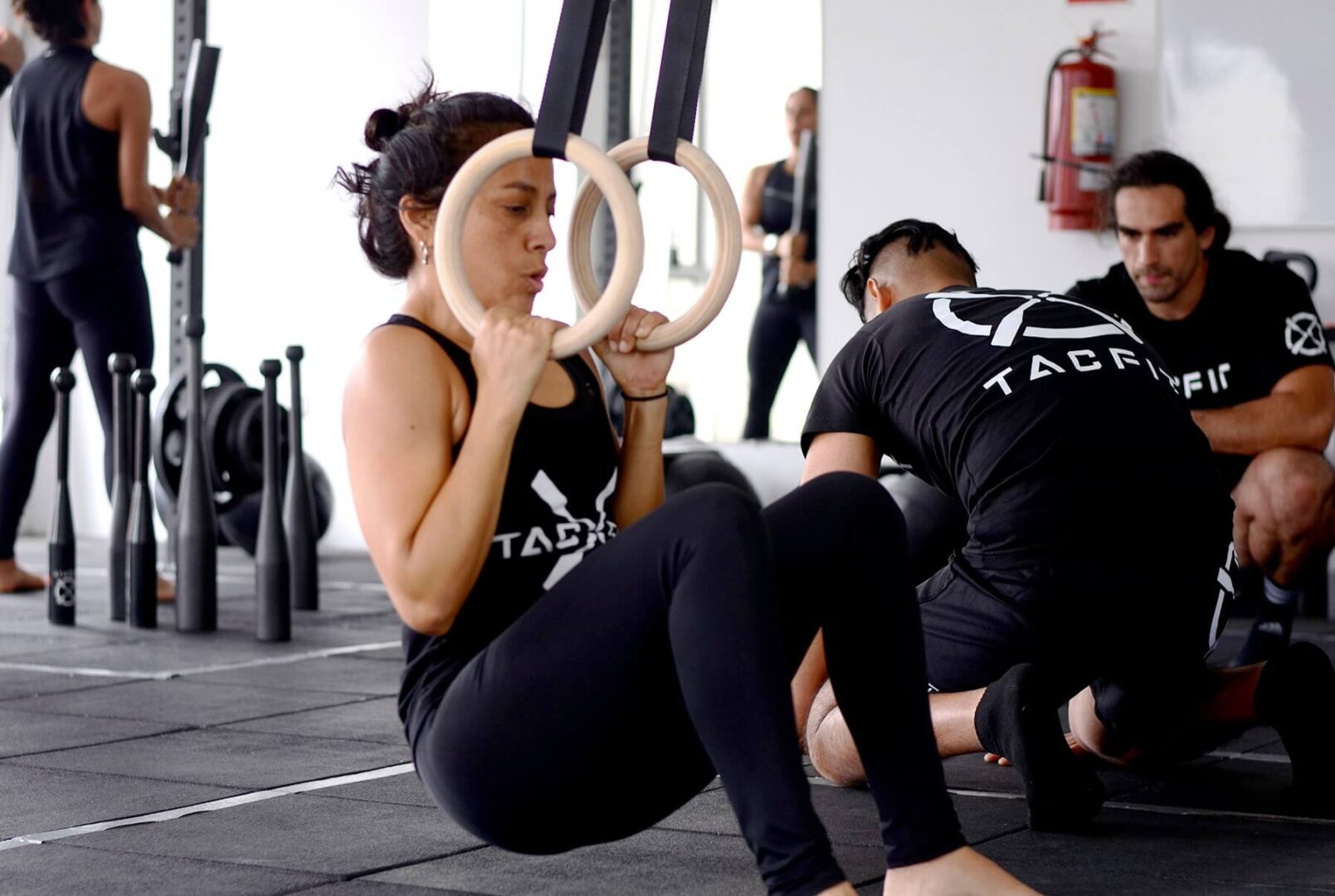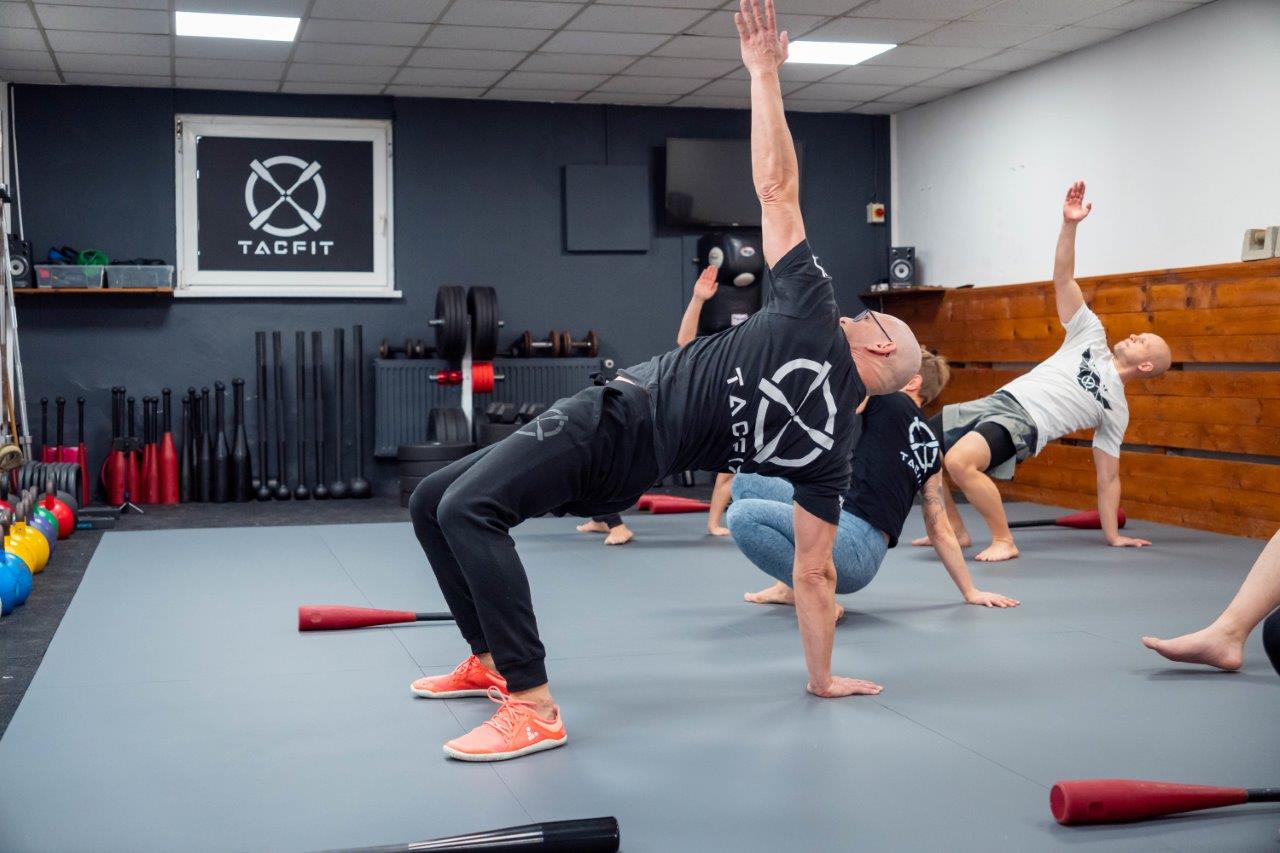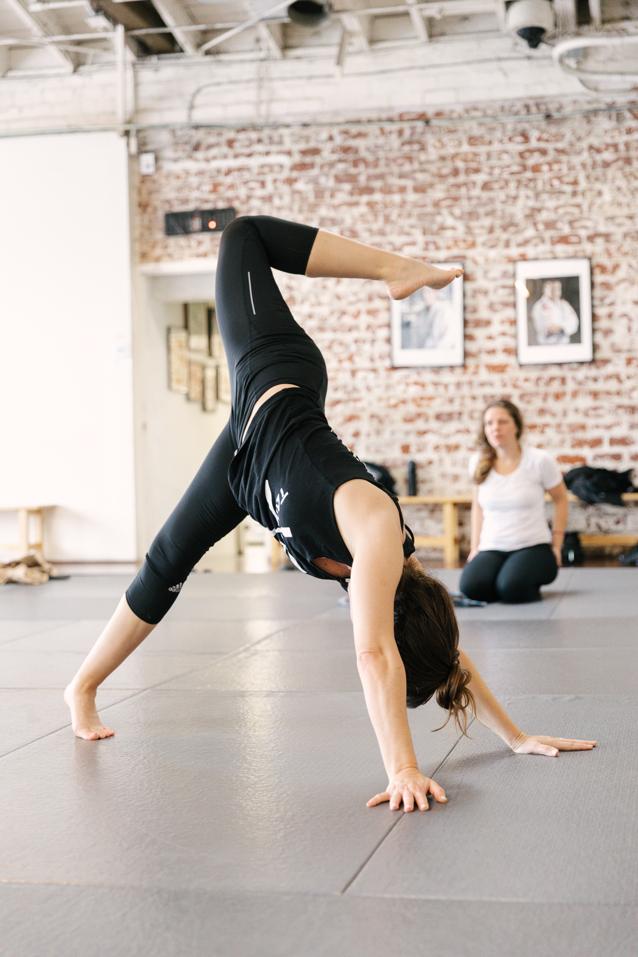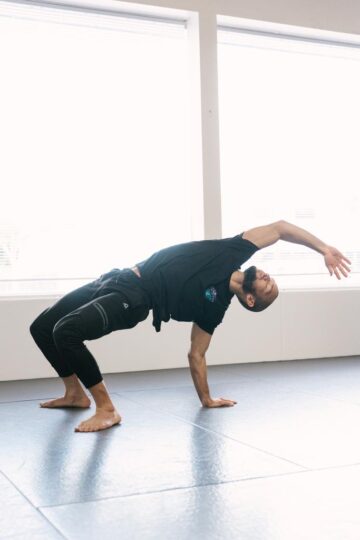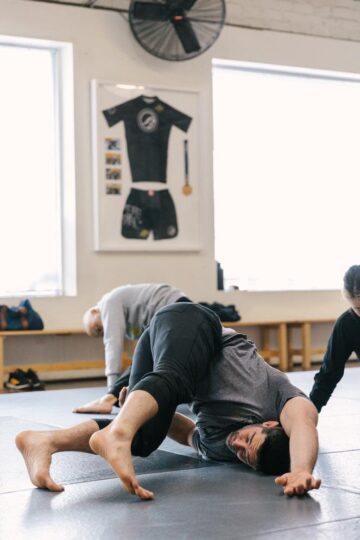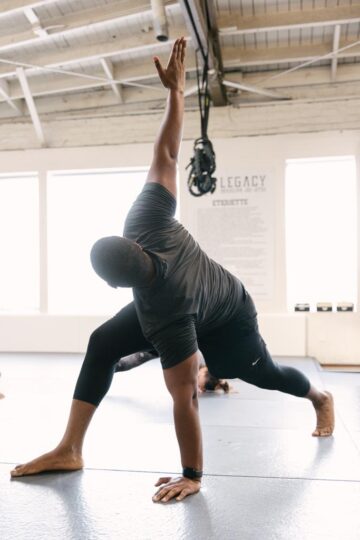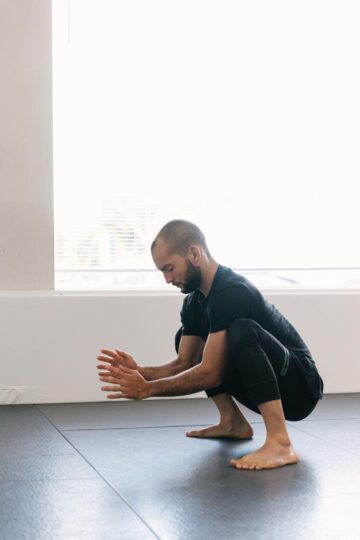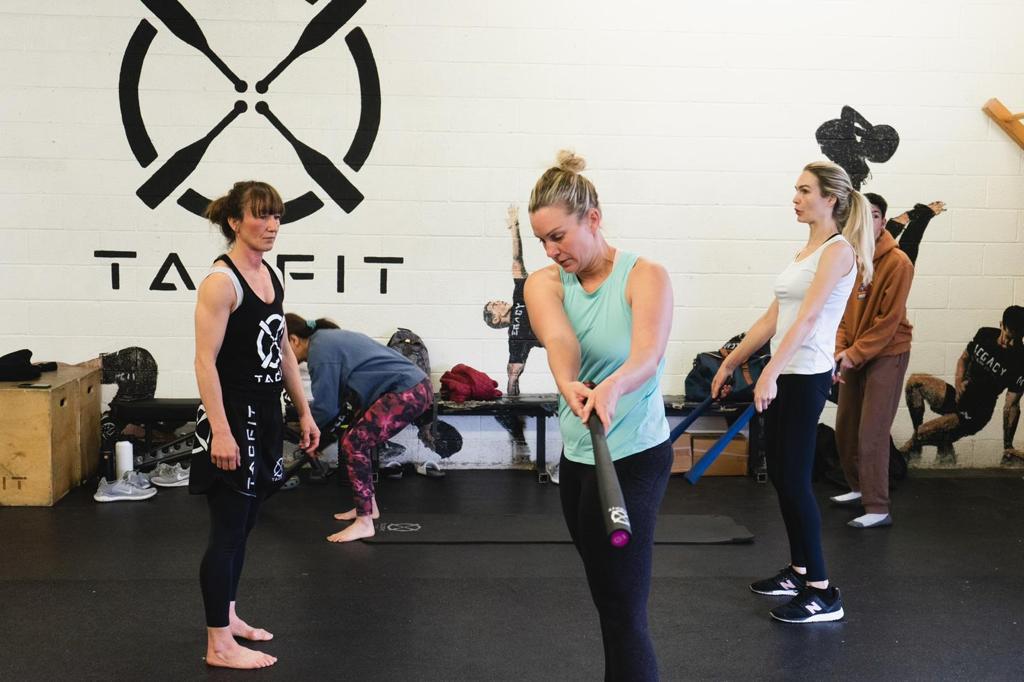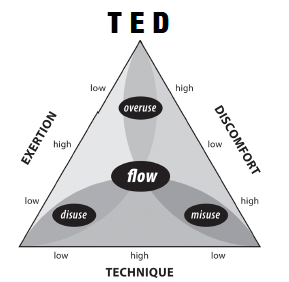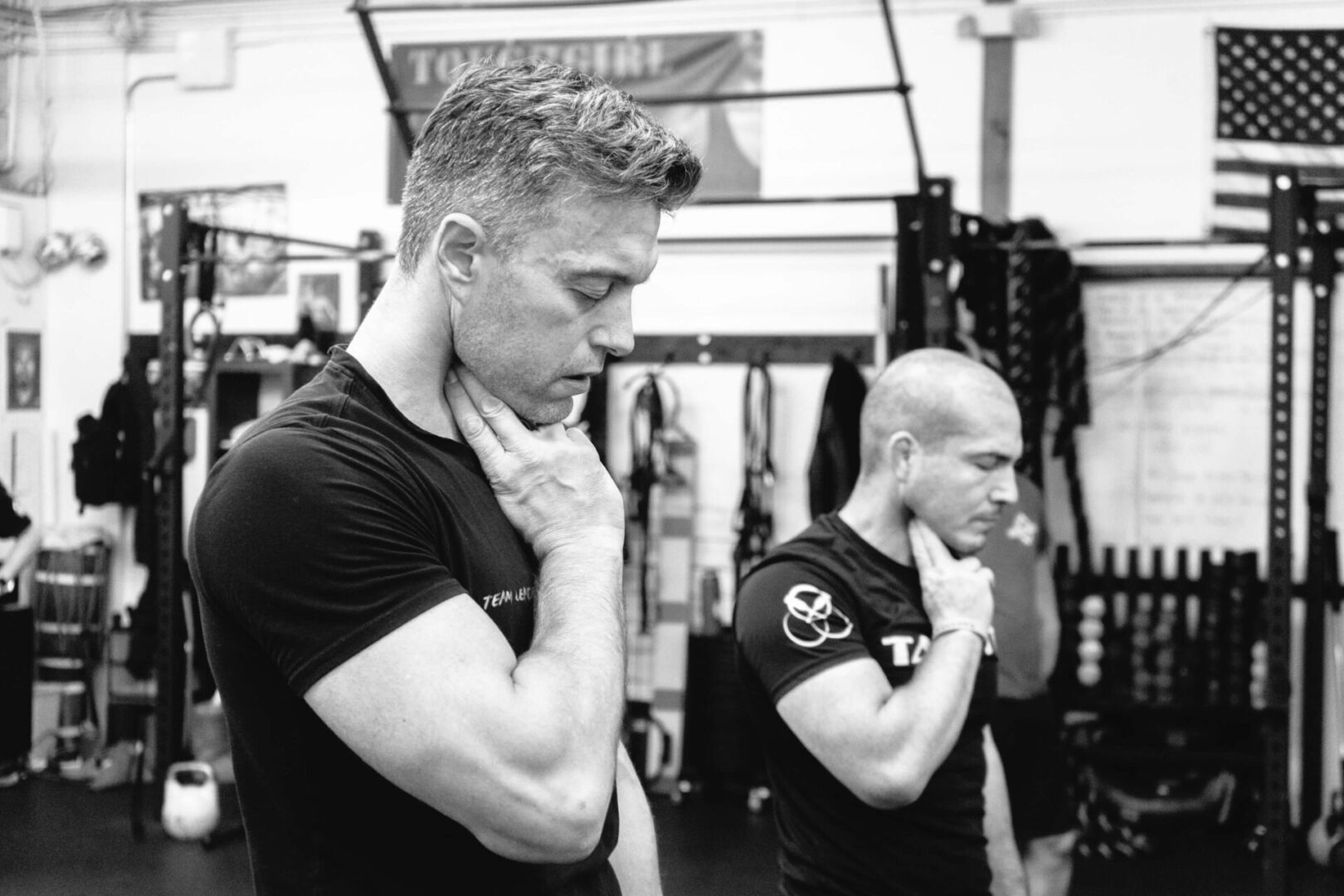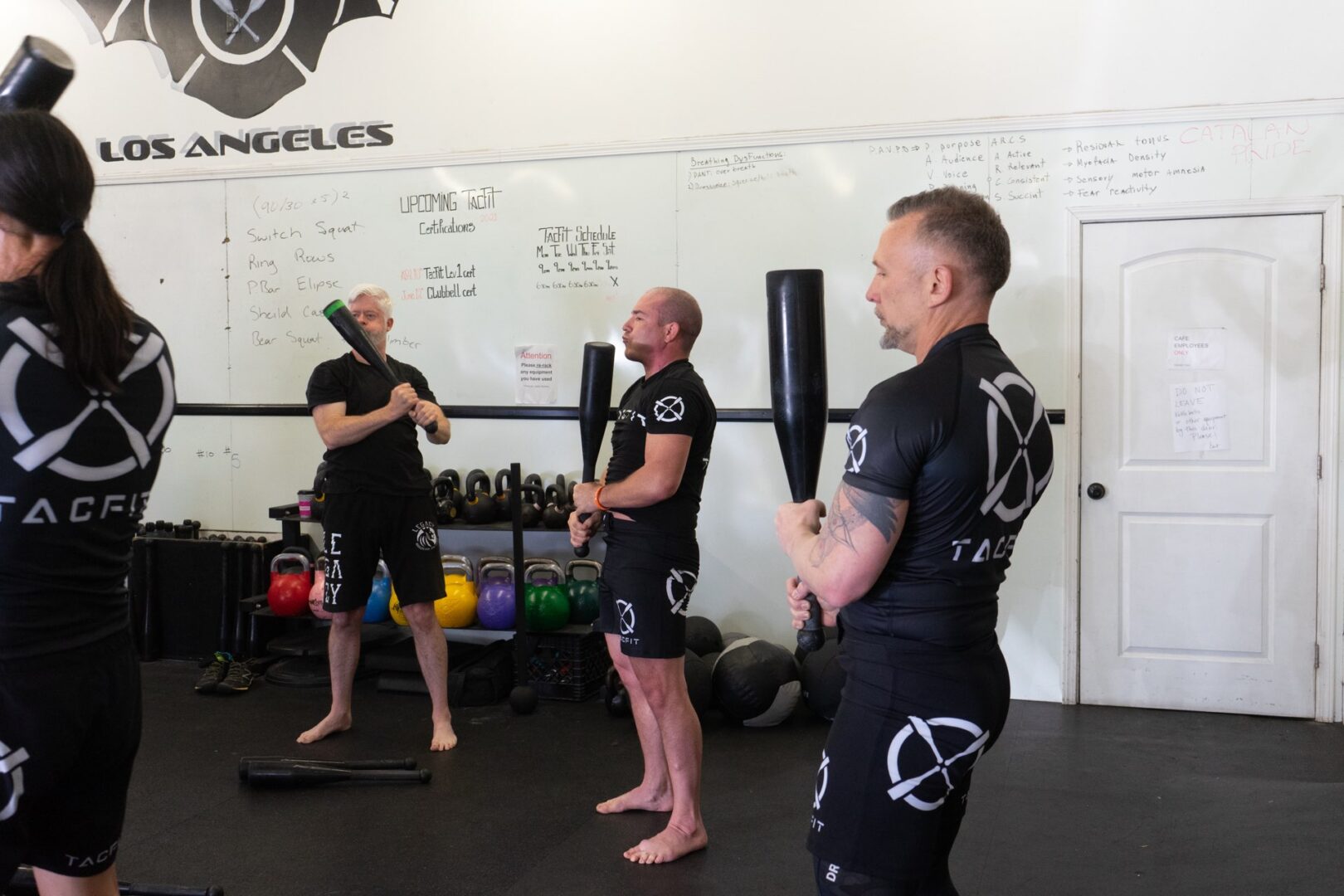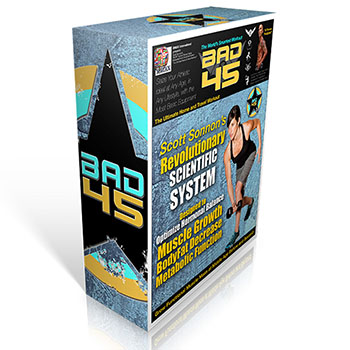By Scott Sonnon, TACFIT Founder.
People often ask how to stay consistent in the practice of physical exercise (or healthy nutrition, proper sleep, illness recovery, or injury rehabilitation. You can have a great program and great tools, but if your goals aren’t high enough, you become inconsistent, and eventually stop for any number of rational reasons. If your goals are high enough, nothing can ever stop you.
Big goals are often lauded, but sometimes, small, consistent goals are better than large, audacious goals. However, high goals are different from big goals. High goals regard how high you aim: your higher purpose (or telos). If your aim is too low, you will not be able to remain consistent during difficult, busy, or stressful times, but if your aim is high enough, you will remain consistent regardless of how chaotic and uncertain life becomes.
Low goals involve immediate results: body fat percentage, weight lifted, energy gained, or appearance changed, as examples. Once you achieve these goals, you often feel unsatisfied. In some cases, you feel let down because you thought they should make you ‘happy.’ Low goals may give you temporary pleasure, but not the lasting fulfilment that keeps you consistent.
High goals take time and often are not quantifiable. Examples include being a good role model, being an accountability partner, not letting down your team, or showing up for your family and friends with energy, enthusiasm, and vitality. High goals involve committing effort for others, rather than achievements for yourself.
When you are alone, when no one can see you or know what you are doing, what will you do? Will you skip your workout (or skip recovery and do a workout when you should not)? Will you grab the sugary snack? Will you indulge whim instead of quietly working hard when no one is watching?
High goals remind you that every choice you make comes with responsibility to those ‘others’ that your high goals target. You are never alone. Like a teacher once said to me, you do not step on the mat alone; behind you lies a legion: everyone you love and everyone who loves you. You have a duty to your self-defined high goals, and as a result, a duty to those included in those high goals.
It is easy to rationalize away the time to take care of yourself, to devote it to things for others: like more time at work, more tasks around the house, more projects to be completed, or spending all available time with your friends and family. You become a martyr to your rationalization. However, are you bringing your best to them for them?
If you are doing something for your friends, family, and community, what inspires them to endure chaos and uncertainty in their own lives without falling off, becoming inconsistent, and losing their own vitality? You. Your embodiment inspires them. You are a role model for those you care for and who care for you. Doing ‘more’ for them at the cost of your own health and wellness, by skipping your practice or indulging on whim, may appear to give them more time, money, or presence, but it robs them of the character virtue that we all need when facing life’s challenges: a role model for consistent, daily discipline.
Set your goals high enough that they subordinate all your low, achievable goals. Who are you doing this for, really? When you achieve one low goal, why ought you continue to be consistent? When life intervenes with an eruption of chaos and uncertainty, rather than throw away all your practice, why ought you cling more tenaciously to your daily discipline of healthy behaviors? How do you self-define your duty such that you cannot ever be derelict to the pursuit toward your high goals?
None of us are great at these things. We all fall short and miss the mark. That does not mean that we should not pursue high goals. As Haridas Chaudhuri guided: “The greater the emphasis on perfection, the further it recedes” (Shirazi, 2018). Nonetheless, that high aim will keep you moving, mile by mile in stable, predictable times, and inch by inch during the chaotic, uncertain moments that cause us to sacrifice the very behaviors that propelled us forward in the past.
REFERENCES
Shirazi, B. (2018). Haridas Chaudhuri’s Contributions to Integral Psychology. The International Journal of Transpersonal Studies, 37(1). https://doi.org/10.24972/ijts.2018.37.1.55

